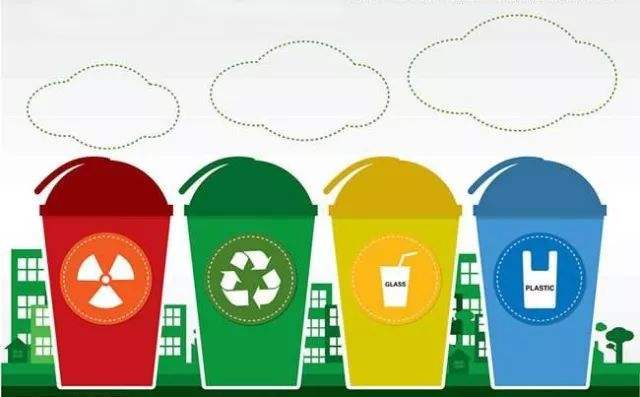From the perspective of the classification of municipal solid waste in cities, they are generally classified according to the composition and quantity of garbage, and the use and treatment of local garbage resources. Such as Germany is generally divided into paper, glass, metal, plastic, etc .; Australia is generally divided into compostable garbage, recyclable garbage, non-recyclable garbage.
(1) Recyclable garbage mainly includes five categories: waste paper, plastic, glass, metal and cloth.
1. Waste paper: mainly including newspapers, periodicals, books, various packaging papers, office papers, advertising papers, paper boxes, etc., but note that paper towels and toilet paper are not recyclable because they are too water-soluble;
2. Plastic: mainly includes various plastic bags, plastic packaging, disposable plastic meal boxes and tableware, toothbrushes, cups, mineral water bottles, toothpaste skin, etc .;
3. Glass: mainly includes various glass bottles, broken glass pieces, mirrors, light bulbs, thermos bottles, etc.
4. Metal objects: mainly including cans, cans, etc .;
5. Cloth: It mainly includes abandoned clothes, tablecloths, face towels, school bags, shoes, etc.

(2) Kitchen waste
Including food waste such as leftovers, bones, root vegetables, peels, etc .;
(3) Harmful garbage
Including waste batteries, waste fluorescent tubes, wastewater silver thermometers, expired medicines, etc., these wastes need special safety treatment;
(4) Other garbage
Including bricks and ceramics, muck, toilet paper, paper towels and other wastes that are difficult to recycle except the above types of garbage.


